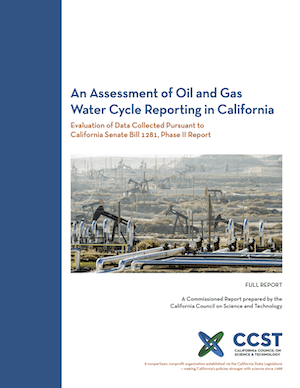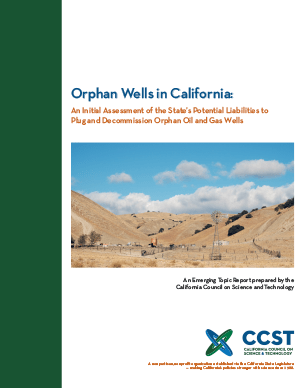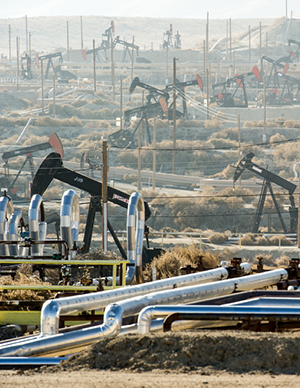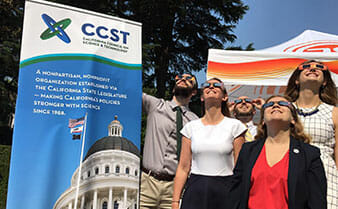CCST Project
Natural Gas Storage
COMPLETED: January 2018
Publications
Long-Term Viability of Underground Natural Gas Storage in California: An Independent Review of Scientific and Technical Information
Full Report:
Executive Summary
Summary Report
CCST One-Pager
Public briefing PPT presentation
Front Matter
Chapter 1 Abstract
Chapter 1 Section 1.0: Introduction
Chapter 1 Section 1.1: Characteristics of California’s underground natural gas storage facilities
Chapter 1 Section 1.2: Failure modes, likelihood, and consequences
Chapter 1 Section 1.3: Effects of age and integrity on underground gas storage capacity
Chapter 1 Section 1.4: Human health hazards, risks, and impacts associated with underground gas storage in California
Chapter 1 Section 1.5: Quantification of greenhouse gas emissions from underground gas storage in California
Chapter 1 Section 1.6: Risk mitigation and management
Chapter 1 Section 1.7: Summary and Conclusions
Chapter 1 Section 1.8: References
Chapter 1 Appendix 1.A: California gas storage and geologic trap type
Chapter 1 Appendix 1.B: Dispersion modeling
Chapter 1 Appendix 1.C: Air Pollutant Emission Inventory Assessment
Chapter 1 Appendix 1.D: Human Population Proximity analysis
Chapter 1 Appendix 1.E: Efforts to Seek Information on Stored Gas Composition
Chapter 1 Appendix 1.F: Operator Response Letters
Chapter 1 Appendix 1.G: Best Practices in Occupational Safety and Health
Chapter 2: Does California Need Underground Gas Storage to Provide for Energy Reliability through 2020?
Chapter 3: How will implementation of California’s climate policies change the need for underground gas storage in the future?
Appendices
Press Release
(Jan. 18, 2018)

Correspondence
The study team requested facility-specific data on withdrawn gas composition, or in the case of the 2015 Aliso Canyon incident, the composition of the gas escaping from the (SS-25) well blowout. An assessment of human health hazards for populations exposed to gas emitted from underground gas storage facilities requires knowing the composition of the gas. The utilities' responses to the data requests can be found below.






